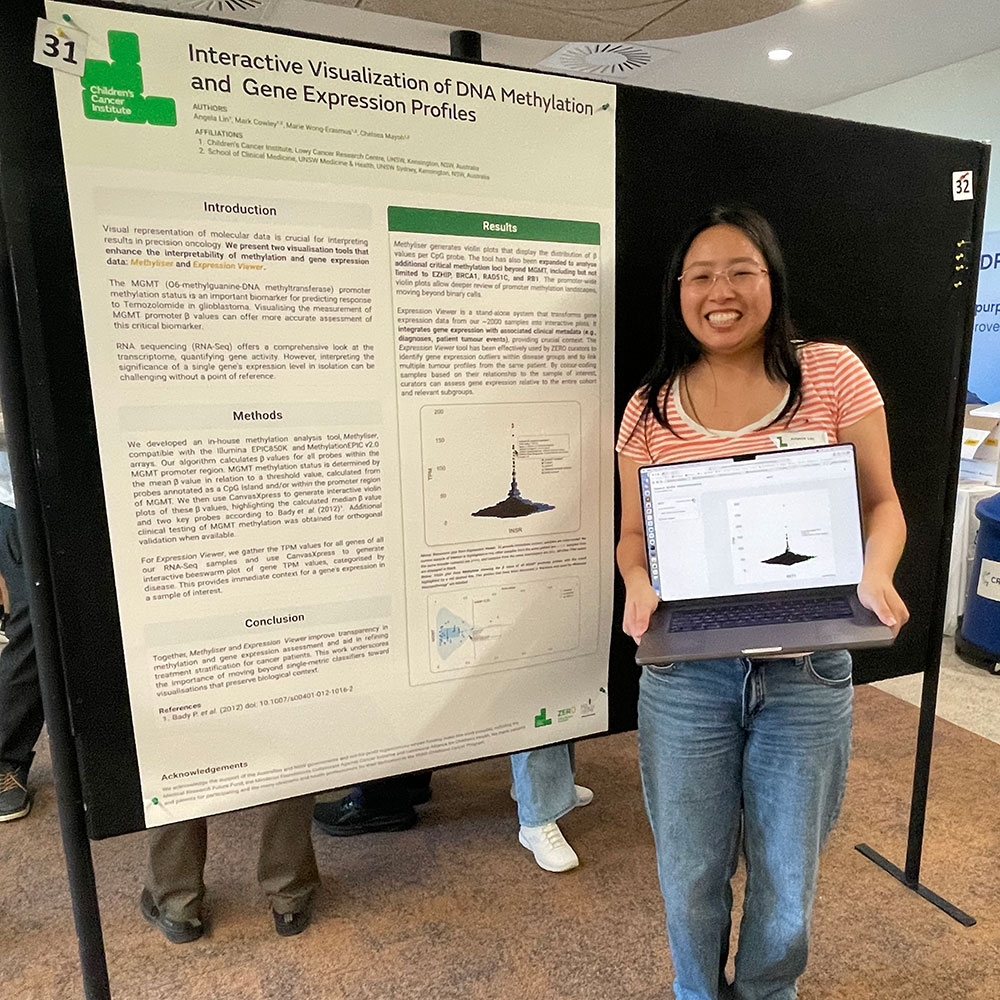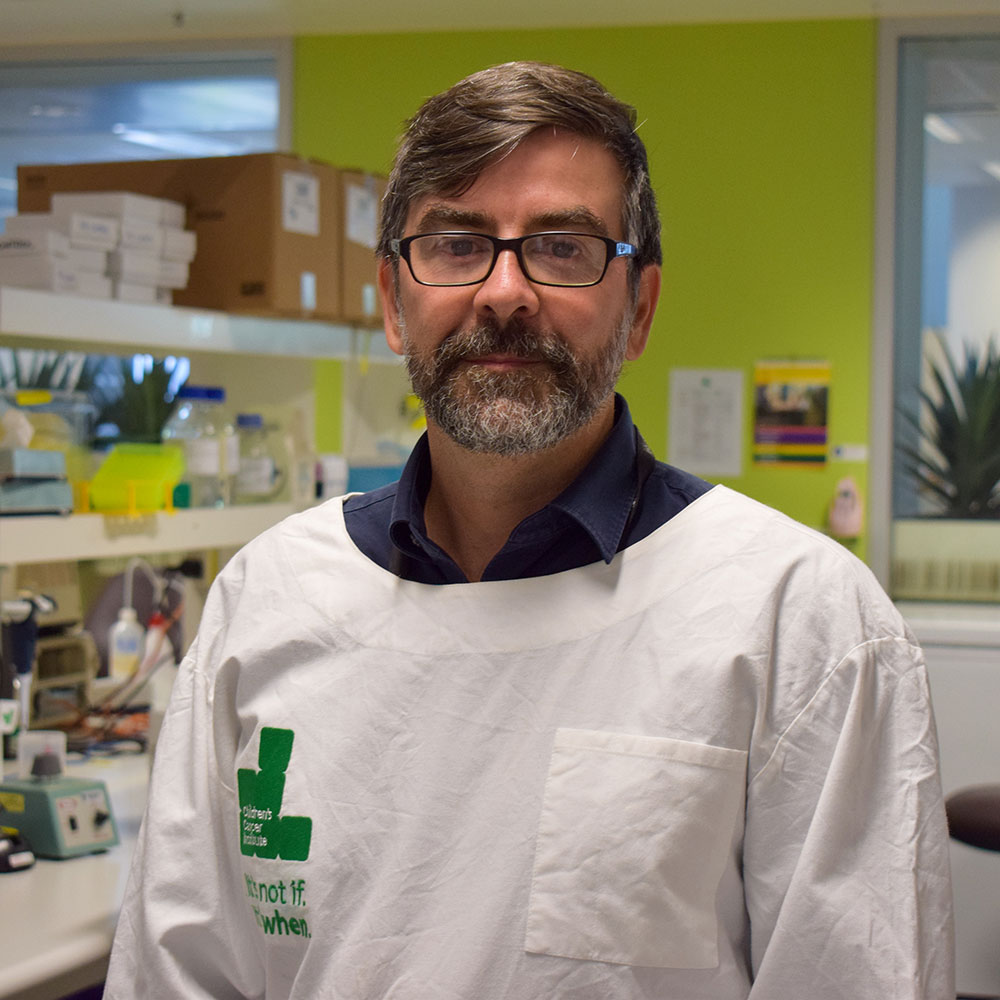A newly awarded grant will allow us to develop future drug treatments based on 2 inhibitors we’ve discovered that thwart the action of a transporter protein, Multidrug Resistance Protein 1 (MRP1), thus enabling chemotherapy drugs to do their work. The three-year $840K NHMRC grant was announced last week.
But getting a drug from first glimmers of promising research to an approved, commercially-available treatment in the clinic takes time. This video from The Conversation shows a drug’s journey from the lab, through clinical trials, to the marketplace.
The MRP1 story started way back in 1992 as this timeline shows.
- 1992 – MRP1 is discovered by Susan Cole of Cancer Research Laboratories, Queen’s University, Ontario, Canada. Using a drug-resistant cancer cell line, Cole and her colleagues identify a protein which they call Multidrug Resistance-associated Protein (MRP1), that makes cancer cells resistant to multiple chemotherapy drugs.
- Further research shows that MRP1 is frequently overexpressed in cancer cells, and pumps out of cancer cells (‘effluxes’) a broad range of clinically important chemotherapy drugs. MRP1 is found to be associated with poor patient outcome in a range of adult cancers including breast cancer and lung cancer.
- 1993 – Children’s Cancer Institute’s Professor Michelle Haber and Professor Murray Norris suspect that MRP1 could be relevant for the aggressive childhood cancer neuroblastoma, and begin research.
- 1996 – Our researchers publish an article in the New England Journal of Medicine showing that high levels of MRP1 are associated with poor outcome in neuroblastoma.

Neuroblastoma cells under the microscope. Image: Dr Andrew Gifford, Prince of Wales Hospital/Children’s Cancer Institute
- 2006 – Children’s Cancer Institute researchers confirm an association between MRP1 expression and neuroblastoma outcome in a large, prospectively-accrued patient cohort and publish their results in an international journal.
- We also show that MRP1 expression is driven up by the MYCN oncogene, a gene associated with rapid tumour progression and poor outcome in neuroblastoma patients. We and others find MRP1 is over-expressed in other childhood cancers including acute myeloblastic leukaemia (AML) and acute lymphoblastic leukaemia (ALL), the most common childhood cancer.
- 2009 – We identify initial candidate MRP1 inhibitors that are effective in preclinical neuroblastoma models in the laboratory. At the same time, we use mice specially bred to have neuroblastoma that’s biologically very similar to human neuroblastoma, to prove that MRP1 makes neuroblastoma tumours resistant to chemotherapy. We publish our results in a Cancer Research journal paper.
- We (in collaboration with Cleveland Biolabs, Buffalo, USA) substantially improve the initial MRP1 inhibitors to make them highly selective for MRP1. In other words, they don’t inhibit other drug transporters, which could have toxic side-effects. These are the first ‘agents’ that are both selective for MRP1 and possess properties suitable for clinical use.
- Using tissue samples from many different cancers, we observe very high MRP1 protein levels in tumours from a range of adult cancers including lung, colorectal, ovarian, and head and neck, indicating that MRP1 inhibitors would have broad clinical application. Notably, in many cases MRP1 expression in tumour cells is substantially higher than in normal tissues, showing that there is a therapeutic window (the ability to kill cancer cells without harming normal cells) for MRP1 inhibition.
- 2016 – Our partnership commences with Australian drug discovery and development organisation Cancer Therapeutics CRC, CTx, to explore the potential of these inhibitors as future drugs and other important research projects.

- October 2017 – an NHMRC development grant is awarded to Children’s Cancer Institute to develop MRP1 inhibitors. In partnership with CTx, we propose to further optimise the properties of these inhibitors using medicinal chemistry, to fully characterise these inhibitors in vitro and in vivo, and to conduct extensive preclinical testing to identify candidate molecules for commercialisation.
- 2020 – At the end of the three-year grant, we aim to have an optimised and validated candidate MRP1 inhibitor, a series of backup molecules and a portfolio of biophysical, pharmacological, safety and preclinical efficacy data to support assessment of the candidate inhibitor for any potential in vivo toxicity. If successful, the next step will be to commercialise the inhibitor to a pharmaceutical company to develop it as a first-of-its-kind treatment, which would be administered in conjunction with chemotherapy to improve its effectiveness and boost survival.















